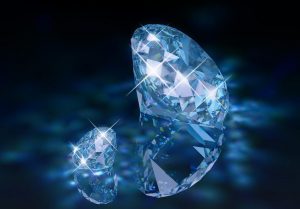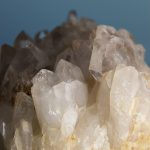Sphene, also referred to as titanite, is known for its strong fire (its dispersion is higher than that of diamond) and rich colors, but it is seldom used in jewellery as it is too brittle and soft. Nevertheless, transparent yellow, green or brown gem-quality material is cut for collectors. Sphene is strongly pleochroic (showing three different colours), and has high birefringence (seen as doubling of the back facets) and adamantine lustre.
Gem-quality sphene occurs in cavities in metamorphic rocks such as gneiss and schist, and also in granite. Main localities are Austria, Canada, Switzerland, Madagascar, Mexico and Brazil.




























Leave a Reply
You must be logged in to post a comment.